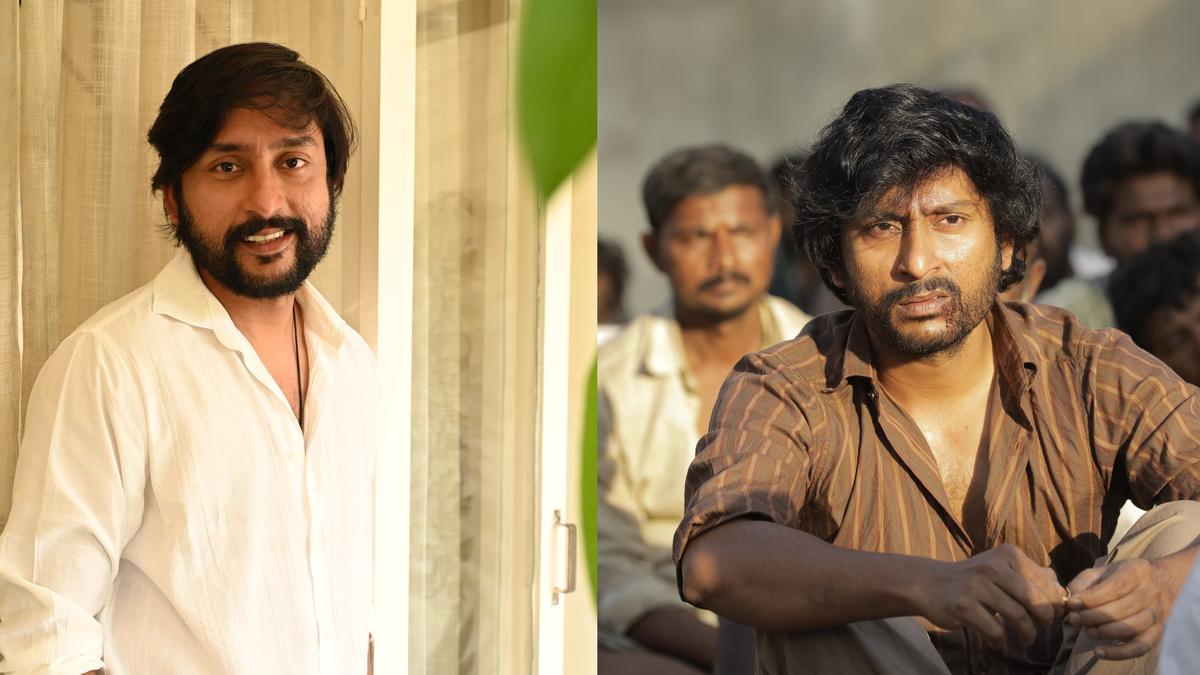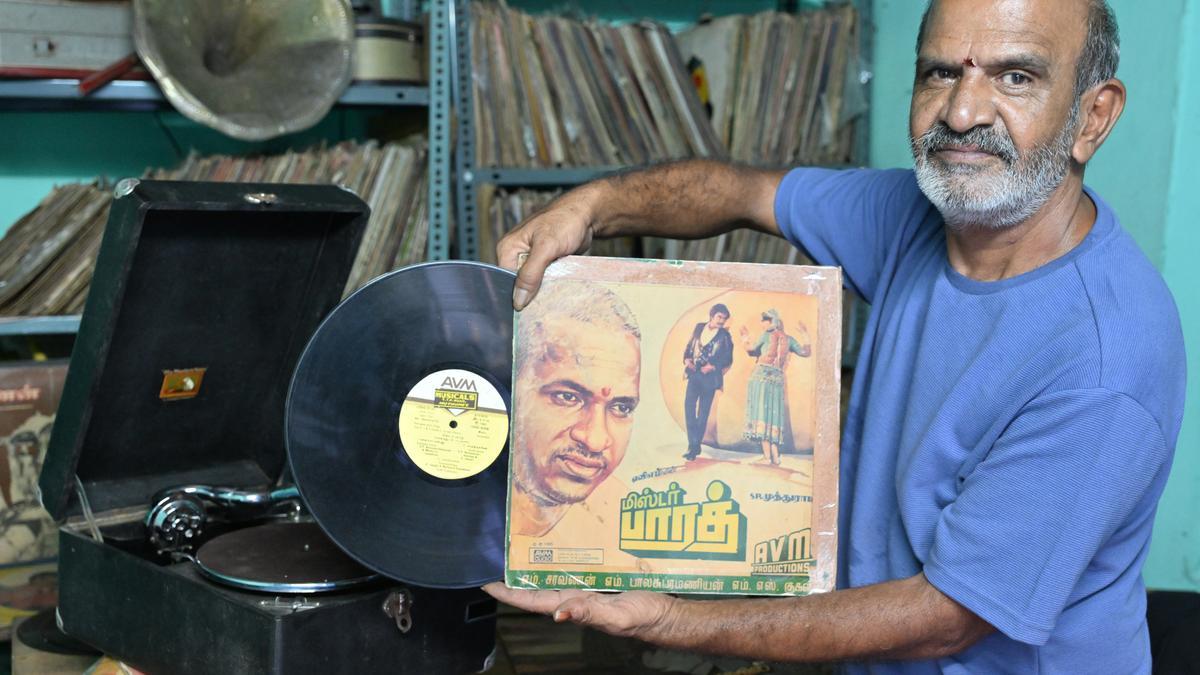
The second Test between India and Bangladesh commenced today amidst much anticipation at the renowned Green Park Stadium in Kanpur. The start of the match was slightly delayed due to a wet outfield caused by persistent overnight rain. Consequently, when the time came for the coin toss, India’s skipper, Rohit Sharma, opted to bowl first upon winning. This decision marked a historic moment as the 37-year-old became the first captain in over six decades to choose to bowl in Kanpur. The previous and only instance occurred in 1964 under the captaincy of Mansur Ali Khan Pataudi during a Test match against England.
Rohit Sharma’s decision was influenced by the slightly damp pitch and the overcast conditions enveloping Kanpur. With rain predicted on the opening day but conditions expected to improve by the second day, Sharma believed that fielding first would be a strategic advantage for the Indian team. This unconventional decision defies the typical trend in Test matches in Asia, where teams that win the toss usually opt to bat first. Interestingly, in the current Test series between India and Bangladesh, both teams have chosen to bowl first after winning the toss.
This series of decisions marks the first time in Indian cricket history that teams have chosen to bowl first in consecutive Test matches after winning the toss. A similar event occurred twice in a three-match series between India and Sri Lanka in 1997, but not in two consecutive Tests. Adding to this historic moment, Rohit Sharma shattered a nine-year pattern; the last time India elected to bowl first at home was in 2015 under the captaincy of Virat Kohli against South Africa in Bengaluru.
To add to the excitement, the starting XIs of both teams were announced. Representing India were: Yashasvi Jaiswal, Rohit Sharma (c), Shubman Gill, Virat Kohli, Rishabh Pant (w), KL Rahul, Ravindra Jadeja, Ravichandran Ashwin, Akash Deep, Jasprit Bumrah, and Mohammed Siraj. Meanwhile, the Bangladesh lineup featured: Shadman Islam, Zakir Hasan, Najmul Hossain Shanto (c), Mominul Haque, Mushfiqur Rahim, Shakib Al Hasan, Litton Das (w), Mehidy Hasan Miraz, Taijul Islam, Hasan Mahmud, and Khaled Ahmed.
A closer look at the strategy reveals several factors contributing to Sharma’s uncommon call to field first.
. With the forecast predicting improved conditions following the first day, the Indian team would benefit from favorable weather when it is their turn to bat. Historically, the decision to bowl first in such scenarios has yielded mixed results, but the Indian captain seemed confident in his bowlers’ ability to exploit the damp conditions early on and restrict Bangladesh to a manageable score.
Moreover, Sharma’s decision reflects his adaptability and keen understanding of the game’s ever-changing dynamics. Given the significance of breaking a 60-year-old tradition, the decision is likely to be scrutinized, especially if it leads to a significant advantage for the Indian team.
Fans and cricketing experts alike were thrilled by this bold move. Social media platforms buzzed with reactions, and hashtags related to the match and Sharma’s decision trended across various sites. The cricketing community noted Sharma’s aggressive yet calculated approach, which has been a hallmark of his leadership throughout his tenure as captain.
In terms of tactical implications, choosing to bowl first also demonstrated confidence in India’s bowling attack. Featuring experienced campaigners like Jasprit Bumrah and Mohammed Siraj, along with emerging talents like Akash Deep, the Indian bowlers were expected to make the most of the conditions early on. Spin wizards such as Ravichandran Ashwin and Ravindra Jadeja also had a crucial role to play as the pitch evolved over the course of the match.
On the flip side, Bangladesh appeared unfazed by India’s decision, fielding a balanced team with both experienced players and promising newcomers. Their lineup boasted significant depth, with seasoned players like Shakib Al Hasan and Mushfiqur Rahim expected to anchor the innings while the likes of Najmul Hossain Shanto and Litton Das looked to add stability and resilience.
As the match unfolded, the spectators at Green Park Stadium and viewers worldwide remained glued to the action, eagerly anticipating how the historic decision would play out. With the second Test underway, the cricketing world witnessed a blend of tradition and modern strategy, underscored by Rohit Sharma’s groundbreaking decision to bowl first in Kanpur. The impact of this choice would be revealed as the game progressed, promising an exciting contest between India and Bangladesh.










